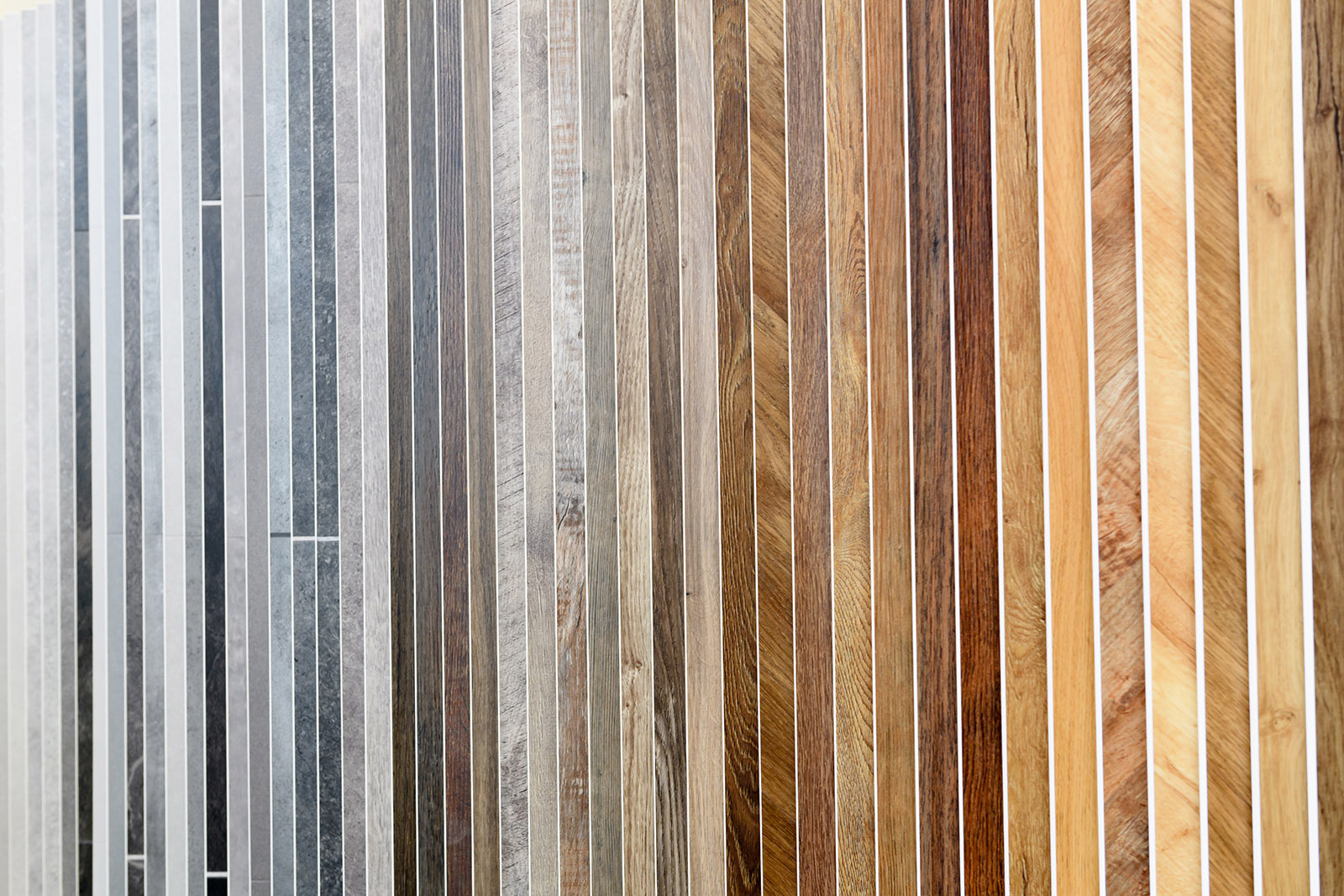
Flooring options have become aplenty in recent years giving those working in and specifying for the commercial build arena an array of options to choose from. Whether it’s for a Build-To-Rent (BTR) scheme, student accommodation or retirement living, flooring can be a major consideration at the design stage, and schemes of these types tend to endure high traffic.
Communal areas and entrance lobbies in particular are subject to continued wear and tear, and it is for this reason that practicality and longevity should be prioritised. But that doesn’t need to be at the expense of style. Wood floor effect options are a popular choice and there are many types to choose from, with varying advantages and suitability factors to consider.
Luxury Vinyl Tile (LVT) has cemented its position as a firm favourite
LVT was probably a firm favourite in commercial settings before it was a regular feature in the domestic market, where it has become a very popular choice. The reasons why LVT curries favour in both domestic and commercial settings are plentiful: not least, the high water resistance, and in some cases, waterproof element. Most types of LVT can endure high moisture settings, so heavy spillages, water trodden in from wet weather and general cleaning methods can all be capably withstood. These are important attributes when considering a high traffic area such as a building’s lobby, communal areas that may be study and hang-out areas in student accommodation, or a shared kitchen and dining space in BTR schemes.
LVT is also a low-acoustic choice, so in a communal area within an accommodation block, for instance, this would be a major benefit. It’s warm underfoot, so it can be a viable option even in the living rooms or bedrooms in such schemes – providing further practicality without compromising on comfort. Specifying LVT also opens the doors to an array of design choice – from long and short to wide or narrow planks, and the on-trend herringbone style, offering virtually endless options. Add to this the endless range of wood effects that are available, it doesn’t matter whether the desired look is traditional, cosy, modern or scandi, or bold, subtle, light or dark. As LVT is made up of a textured wear layer that overlays a digital print mounted on insulated backing, it’s hard-wearing, scratch resistant and comes in limitless designs. While glue-down was the most installed type of LVT at one time, the wide range of DIY plank options available make installation even easier and faster. Glue-down LVT can also be laid straight onto concrete sub-floor, and with some types of click plank LVT, there is a built-in underlay. These factors equate to all-important cost savings – a major consideration on any project.
Laminate remains a trusted option
Laminate flooring was the original choice when it came to hard flooring options. The simple click installation has ensured its ongoing popularity, and with options to suit all budgets, it’s been the go-to for many commercial construction scheme fit-out specifiers.
Laminate offers the same variety of styles as any other type of wood-look flooring, and can offer equal durability to its LVT counterpart. Laminate can withstand high traffic, but isn’t a moisture tolerant option – so anywhere that’s likely to endure continued moisture risk wouldn’t be suitable for laminate flooring. However, in a kitchen or communal area, as long as any spillages are dealt with in a timely manner, it can offer a good option that will stand the test of time.
Engineered wood retains its appeal for a high-end look
There’s nothing quite like the look and feel of real wood – but the cost can often be restrictive. Engineered wood is a good alternative, offering a classic, premium look without the price tag of a solid wood floor.
In a luxury BTR or retirement scheme, it’s an option worth considering. The composition of the flooring comprises a real wood veneer mounted on compressed wood of varying types to give a sturdy flooring that can be repaired if damaged: scratches or dents can be sanded out. It won’t quite offer the durability of a high quality laminate or LVT, and certainly isn’t suitable for high moisture areas, but some may consider the warmth of real wood worth the compromise. When it comes to cost, the thicker the veneer, the higher the cost.
Sheet vinyl flooring is also a great option and used widely in various commercial settings. It’s waterproof, budget-friendly, simple to install and easily repairable if damaged. It’s suitable for kitchens and bathrooms and available in very realistic wood and tile designs, and other colourways.
For high traffic areas across a range of settings, our top pick would be LVT – but with the advances in flooring types, the world can be your oyster and there really is a flooring option to suit every budget.
Paul Hambidge, founder of flooring retailer and manufacturer Factory Direct Flooring.
Instagram – https://www.instagram.com/factorydirectflooring/


